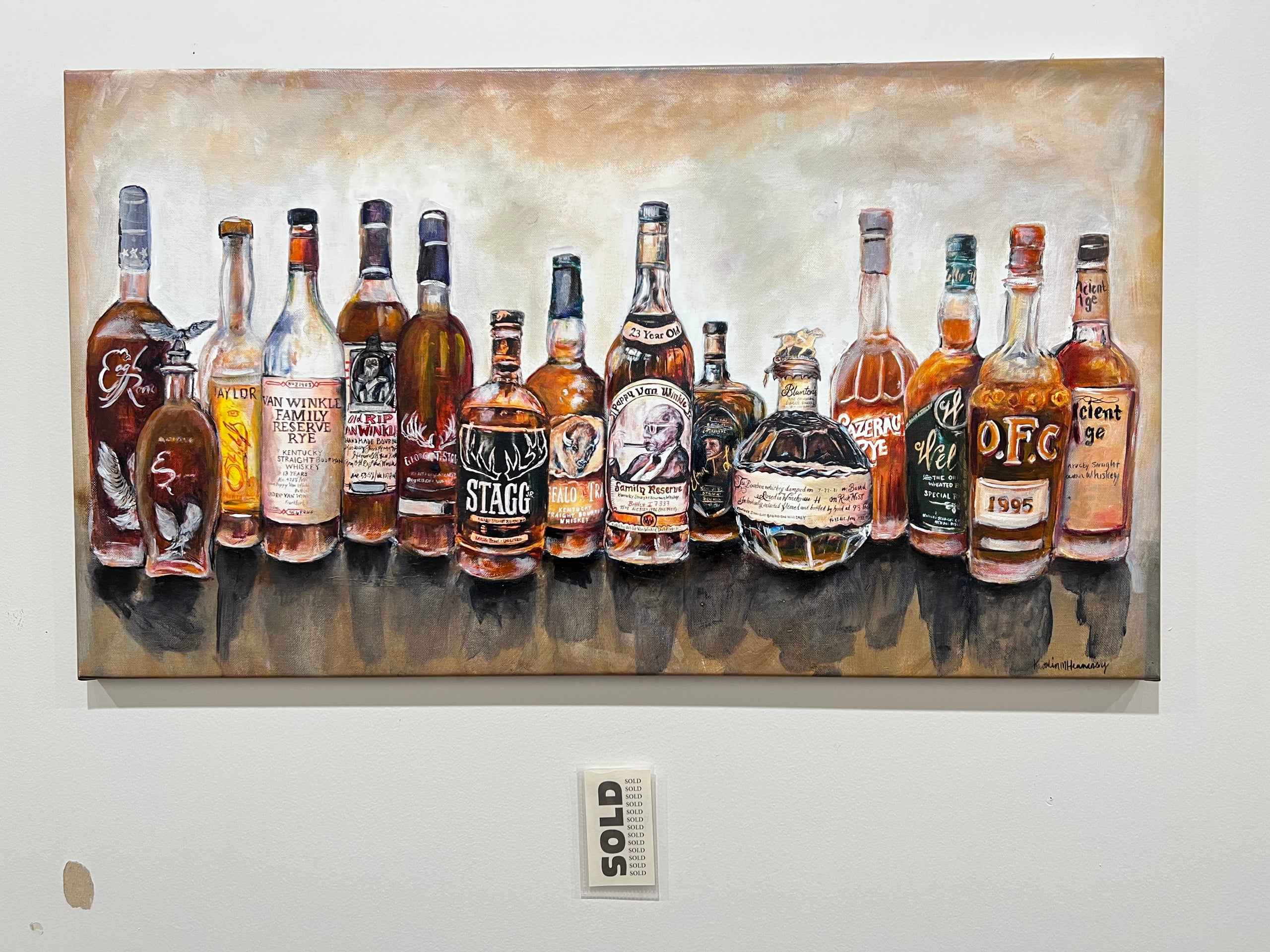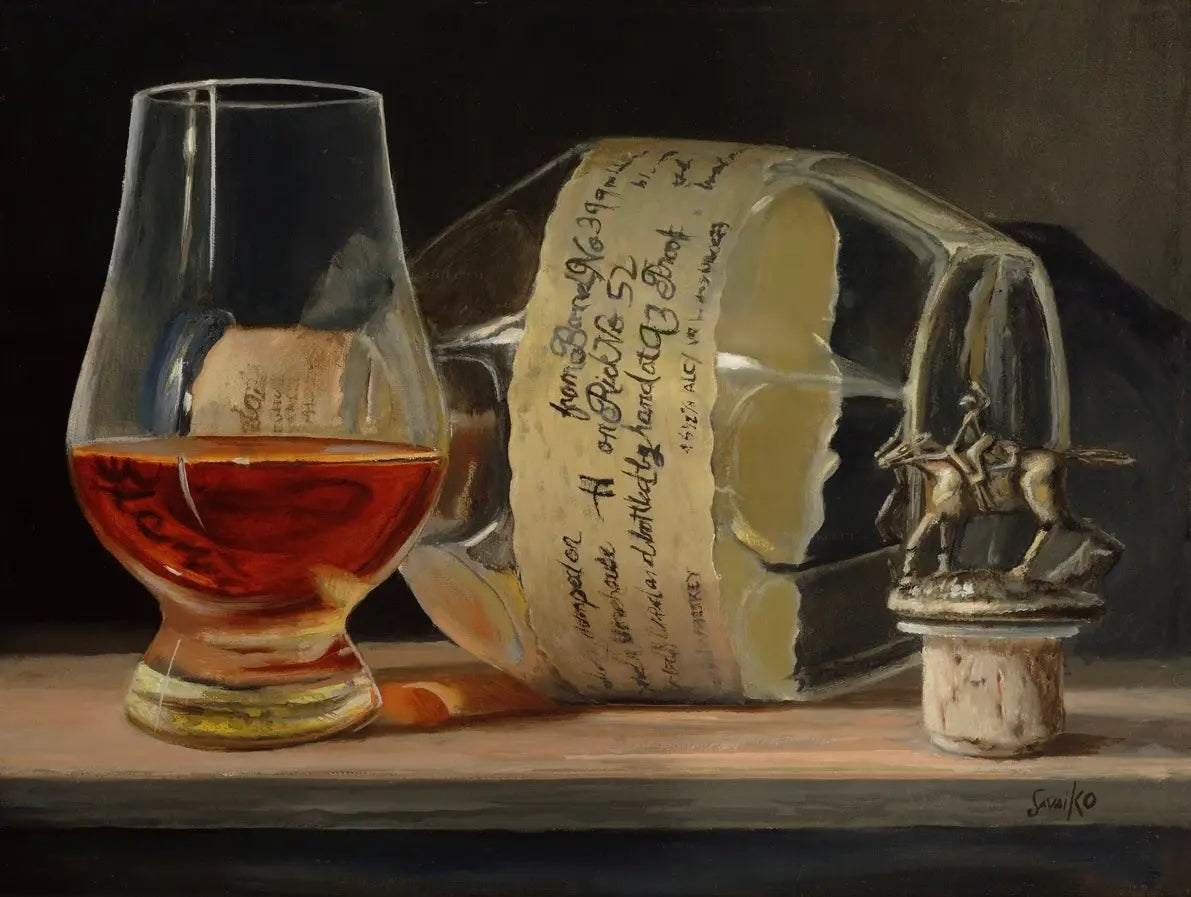The Relevance of Whiskey Art in Celebrating Heritage and Craftsmanship in the Beverage Sector
The complex partnership in between bourbon art and the celebration of heritage and craftsmanship within the drink industry can not be overstated. Through thoughtfully developed labels and bottles, scotch brands encapsulate their historic origins and the artisanal abilities that specify their production methods.
The Historical Origins of Whiskey
At the heart of whiskey's allure lies an abundant tapestry of historic roots that trace back to ancient worlds. The origins of scotch can be connected to the purification practices of the Sumerians and Babylonians around 2000 BCE, where very early forms of fermented grain beverages started to emerge. It was in the Center Ages that the art of distillation evolved dramatically, especially in Ireland and Scotland, leading to the production of scotch as we know it today.
The term "scotch" itself stems from the Gaelic word "uisce beatha," indicating "water of life." This phrase emphasizes the cultural relevance of bourbon in Celtic cultures, where it was often related to rituals, events, and public bonding. By the 15th century, distillation came to be a recognized craft within reclusive communities, leading the way for the establishment of lawful distilleries.
As profession routes broadened, bourbon's popularity expanded, transcending regional limits and recording the interest of lovers worldwide. Realism Art. This historical trip shows not just the workmanship behind bourbon production however likewise its indispensable role in social and cultural contexts, marking it as a significant beverage throughout history
Artistic Expression in Branding
Scotch branding stands as a compelling crossway of virtuosity and commerce, where aesthetic identity plays an important function fit customer understanding. The visual appeals of scotch tags, product packaging, and marketing materials reflect not just the brand name's tale however additionally its core worths and heritage. Via imaginative expression, distilleries share a story that resonates with consumers, evoking emotions and sparking links.
Making use of shade, typography, and images in branding serves to differentiate items in a saturated market. Conventional concepts may stimulate a sense of credibility and craftsmanship, while modern-day designs can indicate development and forward-thinking. This critical artistic instructions boosts brand recognition and loyalty, enabling customers to forge a personal partnership with the scotch they select.
Moreover, artistic expression in branding usually acts as an event of local heritage. Distilleries frequently incorporate regional symbols or historical referrals right into their designs, producing a local color that welcomes consumers to take part in a wider social experience. Ultimately, the artistry behind scotch branding not only improves aesthetic allure yet also enriches the general story of the brand name, cultivating a much deeper appreciation for the craftsmanship and heritage embedded in each bottle.
Craftsmanship in Bottle Style
The virtuosity noticeable in bourbon branding expands past aesthetic identification to incorporate the workmanship involved in container design. Each container offers as a vessel not simply for the spirit within, yet additionally for the tale it outlines its origin, high quality, and custom. The design process calls for thorough interest to detail, as elements such as product, closure, and form add dramatically to the general assumption of the bourbon.
Craftsmanship in bottle style involves selecting high-grade glass that can boost the whiskey's shade and clearness, while also offering a responsive experience for the visit this site consumer. The shape of the bottle must be both useful and visually enticing, often showing the heritage of the brand. Many distilleries opt for one-of-a-kind shapes or printed logos that stimulate a feeling of authenticity and background.
Furthermore, the tag design and typography play a critical role in connecting the brand name's narrative. Limited Edition. A well-crafted bottle not only astounds the consumer's eye however additionally strengthens the brand name's commitment to top quality and practice. This way, the workmanship of container design ends up being an essential aspect of the scotch experience, merging virtuosity with a profound respect for heritage
Cultural Relevance of Bourbon Art
Celebrating tradition and craftsmanship, the social importance of scotch art goes beyond plain looks, linking with the social and historical narratives of the regions from which it comes from. Each container acts as a canvas, showing the special tales, mythology, and practices that have actually formed neighborhood whiskey-making techniques. The elaborate styles usually mirror the heritage of the distillers, including icons and concepts that reverberate with the society and worths of their areas.

Furthermore, whiskey art plays a vital role in public celebrations and parties, offering as a substantial web link in between people and their shared experiences. By appreciating the virtuosity in bourbon product packaging, consumers cultivate a much deeper understanding and regard for the craft, eventually enhancing their pleasure of content the drink itself.
Modern Trends in Scotch Presentation
In recent years, the discussion of whiskey has actually progressed to show contemporary tastes and fads while still recognizing conventional workmanship - Limited Edition. Distilleries are progressively concentrating on visual aspects that enhance the total drinking experience, linking the space between heritage and modernity
Cutting-edge bottle designs have actually emerged, often including sustainable products and artistic tags that inform engaging stories. Lots of brands currently collaborate with regional artists, instilling their items with special aesthetic expressions that reverberate with consumers. In addition, limited-edition launches are usually packaged in collectible containers, adding worth and appeal for lovers.

Final Thought
In verdict, whiskey art works as a crucial avenue for expressing the heritage and workmanship inherent in the beverage market. Via intricate branding, ingenious container layouts, and culturally significant imaginative elements, scotch brand names properly honor their customs and get in touch with customers. This imaginative story not only elevates the gratitude of bourbon however likewise reinforces community identity and satisfaction amongst manufacturers. Ultimately, bourbon art plays a vital duty in preserving and commemorating the abundant social tapestry of whiskey-making.


Craftsmanship in container style entails choosing high-quality glass that can improve check this site out the whiskey's shade and quality, while likewise giving a tactile experience for the customer. In this way, the workmanship of container design comes to be an important element of the whiskey experience, merging artistry with an extensive respect for heritage.
In final thought, bourbon art serves as an important avenue for expressing the heritage and craftsmanship integral in the beverage industry.